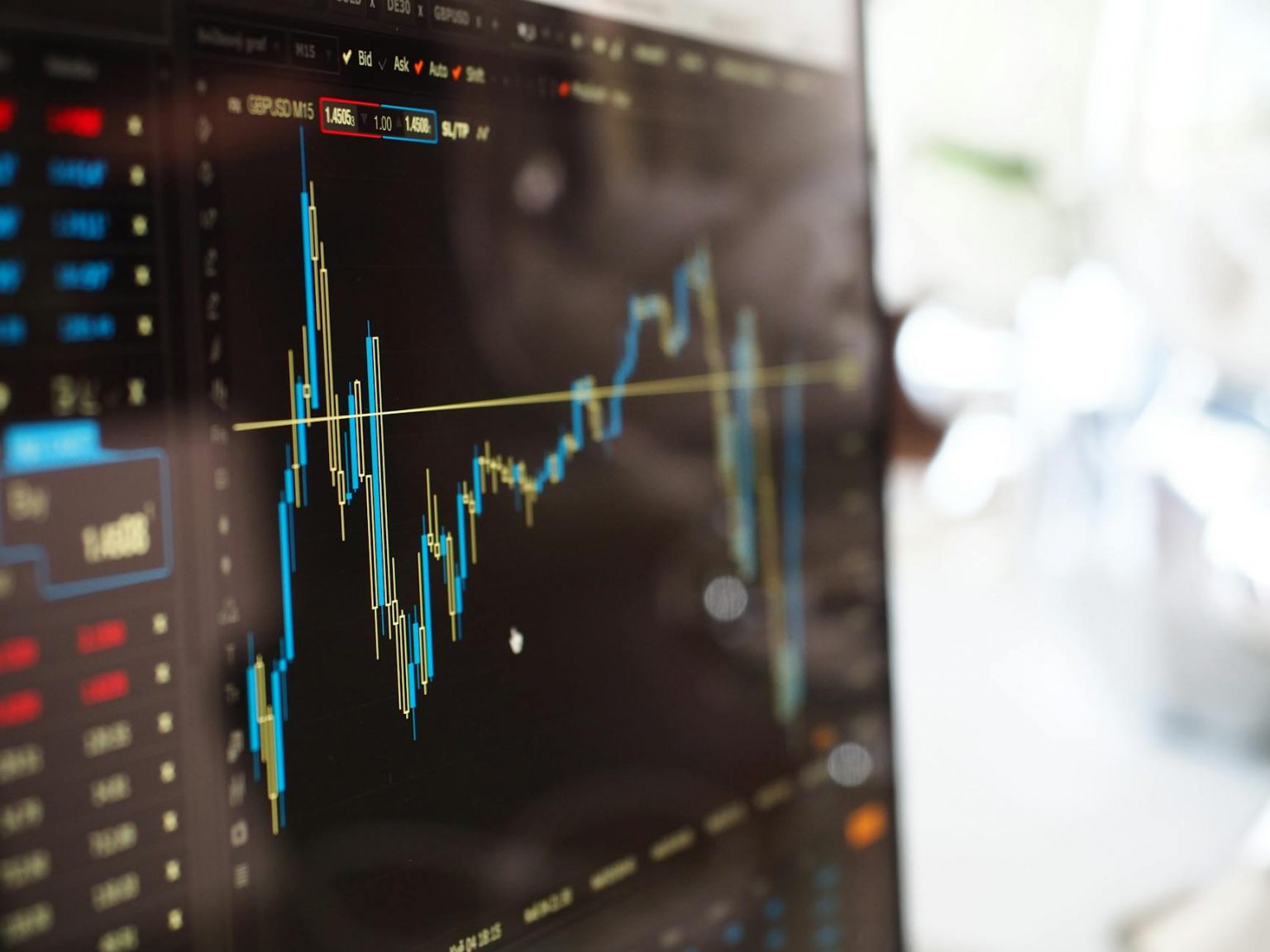Case
Santander Brazil
Addressing Agriculture Financed Emissions in Brazil
-
 Customer:Santander Brazil
Customer:Santander Brazil
The Challenge

Founded in Spain in 1857, Santander Bank is one of the largest banks in the world, with over 165 million customers and more than 212,000 employees. Committed to achieving net-zero emissions by 2050, the company faces a significant challenge in measuring its financed emissions, which represent the largest share of emissions in the financial sector.
Within the group, Santander Brasil has a particular challenge: align its agriculture financed portfolio to the global decarbonization ambition. To tackle the challenge and be able to manage its emissions, the bank faced the initial obstacle to measuring agricultural emissions.
By pioneering agriculture financed emissions accounting, Santander Brasil needed to address data harmonization and gaps, methodology development and metrics definition according to emerging international standards and the Brazilian context.
Our Work
In close cooperation with the Agro Team in Brazil, WayCarbon developed a methodology for Santander in line with existing international guidelines and standards, like Partnership for Carbon Accounting Financials (PCAF) and the GHG Protocol Agriculture Guidelines, and data availability and quality.
The accounting engagement included emissions resulting from primary production activities within the farm gate of the financed properties, including commodities and cattle.
In addition, in an innovative approach, the emissions resulting from land use changes over a 20-year period were also mapped and quantified, as well as the current land use of farms related to the operations of its retail portfolio.
Results
The project delivered a solid approach for agriculture financed emissions accounting (Scope 3, Category 15) which is the basis for Santander Brasil continued monitoring and managing of its portfolio emissions. It is also the base for the identification of technical improvements that will be implemented in 2024.
The analysis assessed around 5.5 thousand rural properties. The data indicates that 81,9% of emissions are related to agricultural primary production, 18% due to land use change and less than 1% based on energy consumption. It is worth stressing that land use change emissions account for 20 years transitions, aligned with the GHG Protocol accounting criteria.
The project provides greater clarity on how Santander can act to reduce emissions from its portfolio and position itself as a driver of change for its clients and an example for its peers. The results shed lights on how the bank can incorporate the climate agenda as a business variable, targeting financial flows towards the low carbon transition, innovation, technology, and the adoption of new business models.
 EN
EN  ES
ES PT
PT